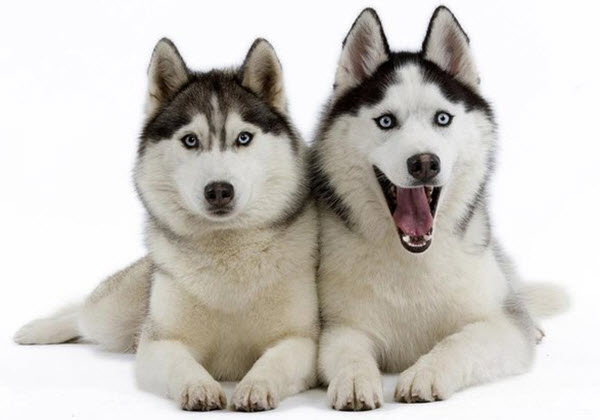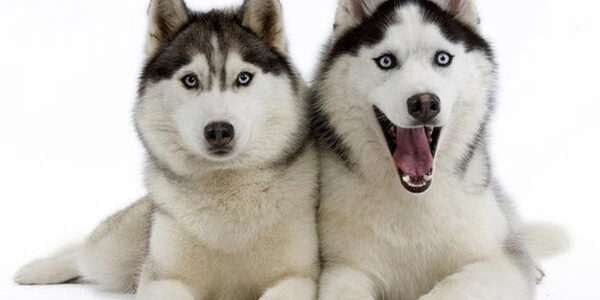Content
Basic standards of the Siberian husky
The most popular and multifaceted breed belonging to the hunting type of dogs. It was bred on the territory of Western Siberia in the distant nineteenth century from the Khanty and Mansi Laika. It was from these two varieties that the modern West Siberian Laika appeared. Today, the "northern beauty" is very often used by breeders to hunt large animals in many countries of the world. As a rule, the Laika is "trained" for one type of game from the first year of life. The breed is naturally endowed with endurance, intelligence, strength, dexterity, excellent sense of smell and intuition.
Features of the exterior and temper
AbsolutelySiberian LaikaThis is a tireless and loyal representative of the breed, requiring stable physical activity to maintain and improve shape. The main characteristic features are the presence of guard skills and affection to all family members who decide to start a family. This is absolutely not an urban dog breed, as it is necessary to constantly hunt with it, and take long walks. The animal requires constant attention, so if you are often not at home, it is recommended to get a couple of dogs of this type.
When raising a puppy, you must show leadership qualities in training, otherwise, feeling weak, the Laika will not follow the "order" of the owner. Keep in mind that they behave aggressively towards other breeds, trying to achieve complete superiority in the fight for territory. Despite this, they have a positive attitude towards strangers who do not threaten the owner.
Males reach a maximum of sixty/sixty-two centimeters at the withers, and females fifty/fifty-five centimeters. The maximum weight of a male is twenty-three kilograms, and that of a female is eighteen. The Siberian Laika has a wedge-shaped head with a fairly sharp and long snout, which has a smooth transition to the forehead. The eyes are oval-shaped, moderately slanted and rich dark in color. The ears are high-ranking and mobile with a pronounced triangular-elongated shape.
Descriptions of the neck, torso and limbs
The breed is endowed with a well-defined withers, as well as a good muscular and dry neck that is harmonious with the head. The chest of the Siberian Laika is wide and long, lowered to the elbows. The back is powerful and wide with good muscles. The front limbs are developed, straight and parallel, and the hind limbs are slightly wider set than the front limbs, while the elbows are directed strictly back.
Tail, coat and color
At the time of developing high speed, the dog's tail is in an unfolded state, and in a calm state it looks like a sickle or falls below the hock joints. In accordance with international standards, experts consider an excessively long (saber-shaped) tail to be a flaw.
They have a soft undercoat, but a coarse, thick and straight coat that needs frequent care. An interesting feature of representatives of this breed is that in the area of the head, ears and on the outside of the limbs, the hair is short, and on the shoulders, neck and withers it is long. Thanks to this, a kind of "tanks" are formed on the dog's cheekbones, and a "" on the neck. A variety of colors makes it possible for everyone to choose the Siberian Laika to their taste, as its colors are: red, gray, white and brown of various scales.


